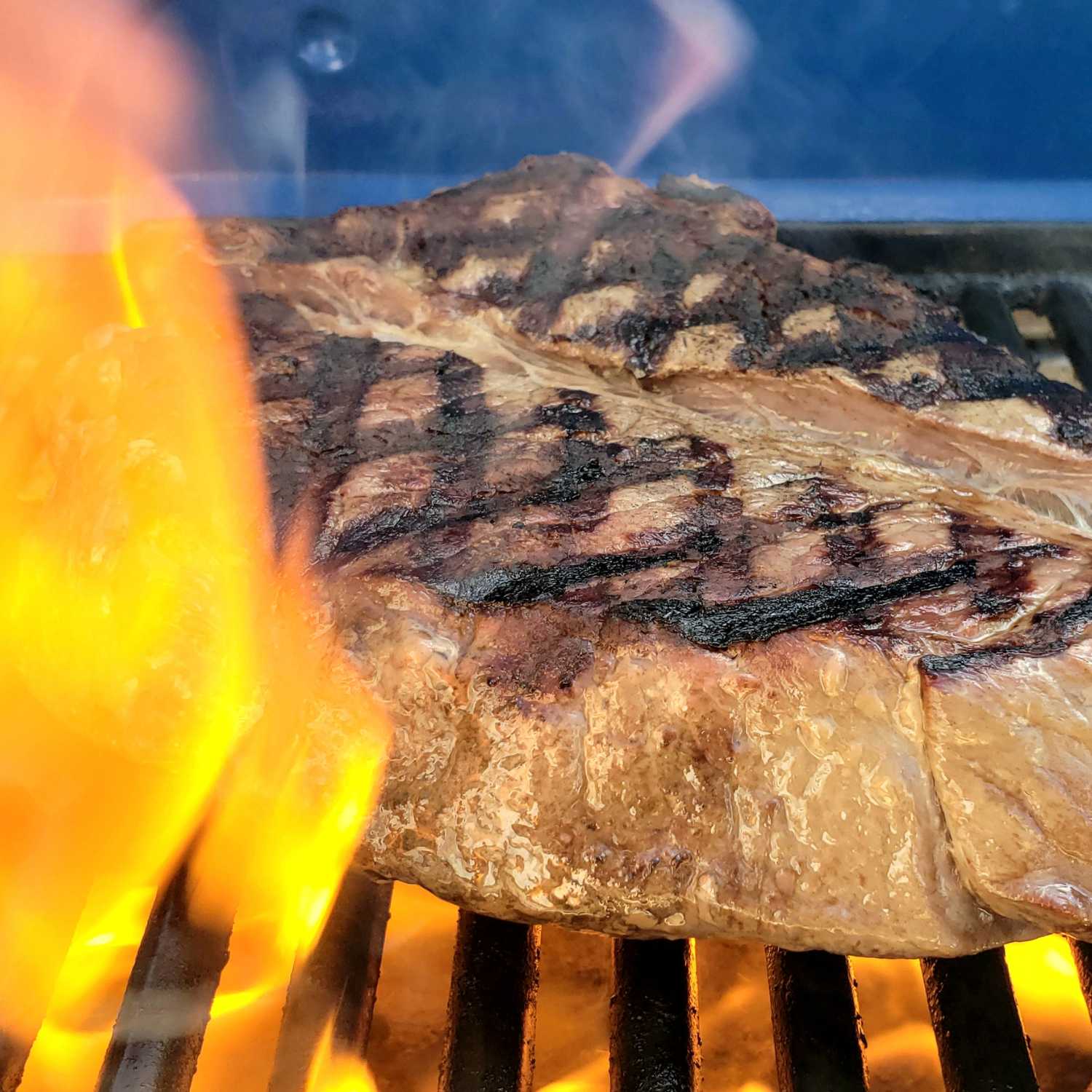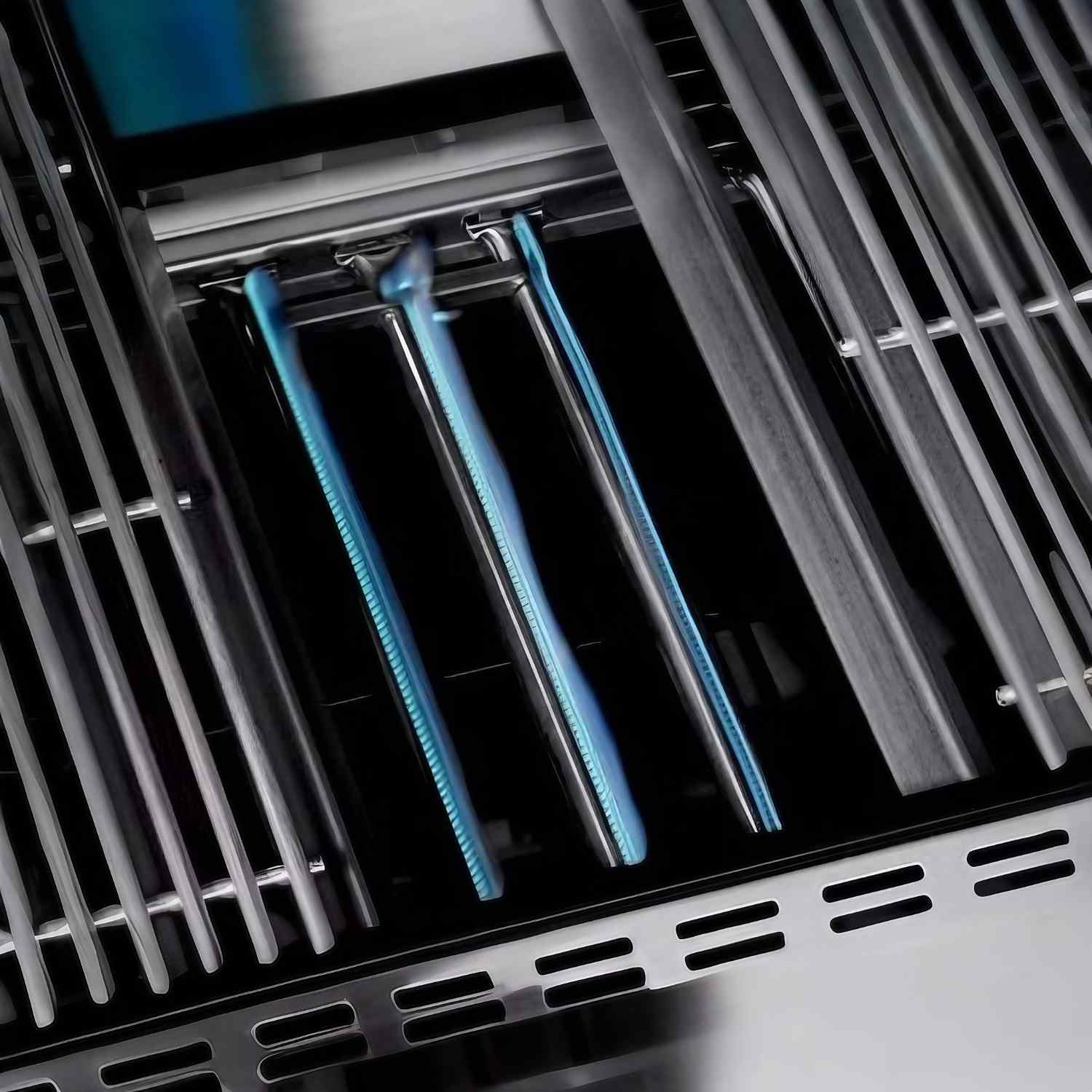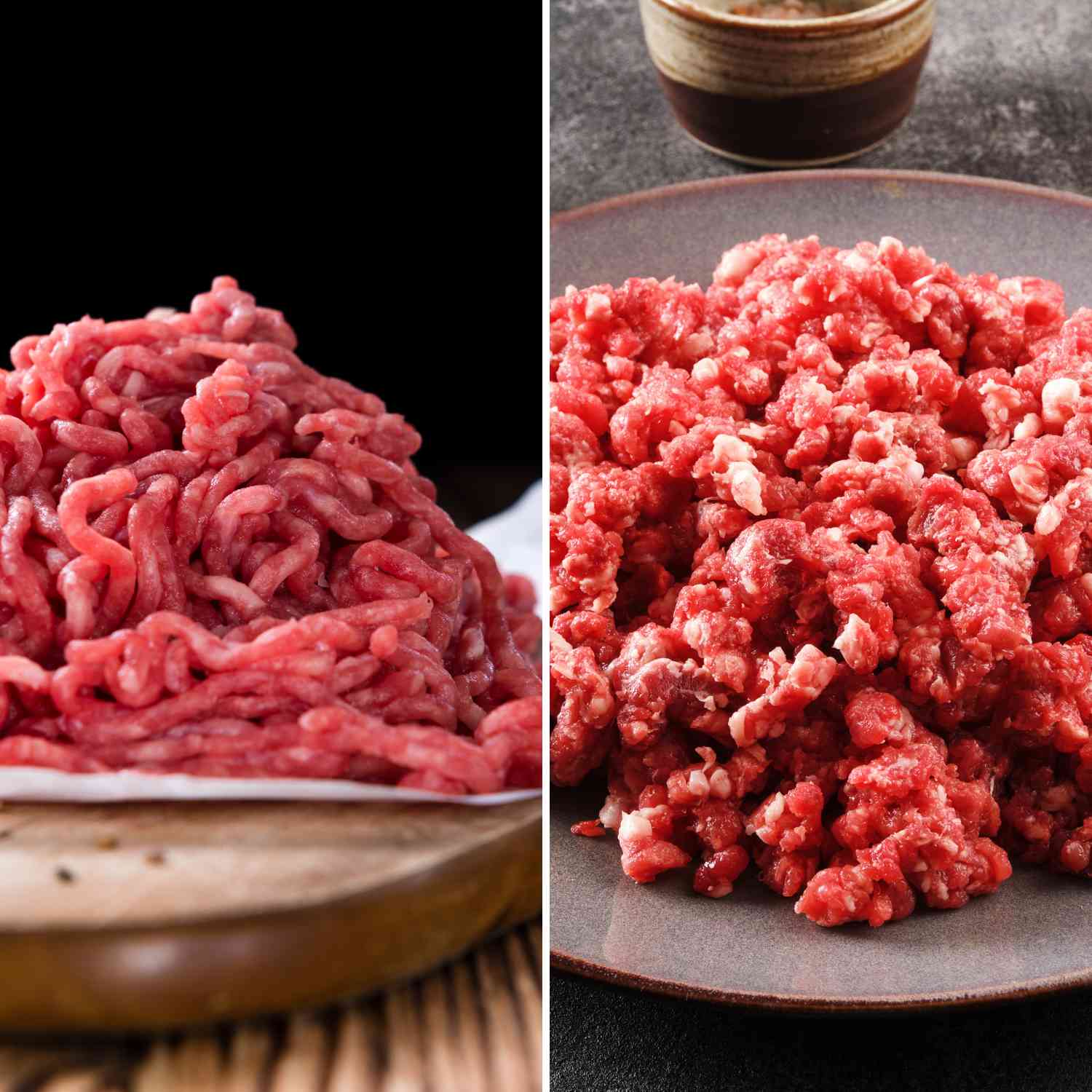Unlocking Searing Mastery on Your Weber BBQ Grill: Debunking Myths and Pro Tips
When our team at Meat King first delved into customer queries about searing on a Weber BBQ grill, thorough research was in order to address some commonly held misconceptions. Let's dive into these myths while also revealing the secrets to achieving flawless searing, all tailored to Hong Kong's distinctive BBQ scene.
Question #1: Searing Locks in Juices
One widespread myth suggests that searing locks in juices. This fallacy posits that during searing, an enchanting, impervious layer forms, sealing in all the savory juices. In reality, searing has the opposite effect, extracting some moisture from the food. Nevertheless, this doesn't diminish the incredible flavor and texture enhancement that searing imparts.
Sear marks, those tantalizing grill patterns, are emblematic of grilled excellence. Searing not only caramelizes the food's exterior and the seasoning but also imparts a distinct flavor. It's imperative, however, to understand that sear marks do not serve as juice guardians. Grill heat prompts muscle fibers to contract, leading to the expulsion of juices. To retain these succulent juices, it's crucial to grill your food for the appropriate duration and allow it to rest for 30% to 40% of the total cooking time before slicing.
Question #2: Searing Requires Extreme Heat
Another common misconception is that searing necessitates extremely high heat. The searing process, known as the Maillard reaction and caramelization, commences at temperatures as low as 300°F. The effective searing range spans from 300°F to 500°F. Exceeding 500°F can result in food drying out and producing undesirable burnt outcomes.
Searing can be accomplished at various temperature levels, provided you adhere to the cardinal rule of grilling: always preheat your grill! Preheating is paramount for two reasons:
First, it incinerates residual food remnants, ensuring immaculate cooking grates. Soiled grates won't facilitate searing but will merely perpetuate the charring of prior meals.
Second, while the grill's inner temperature may fluctuate between 300°F and 500°F during searing, the cooking grates themselves must attain at least 500°F to 550°F to yield those coveted sear marks. Thus, preheating your grill is imperative to attain the correct grate temperature, followed by adjusting it for the desired cooking temperature before introducing your culinary creations.
Here's a comprehensive guide for grilling an enticing steak:
- Preheat your grill with all burners set to high or dampers wide open, and keep the lid closed for 10 to 15 minutes.
- Season your steaks and allow them to reach room temperature while the grill preheats. A warmer steak cooks faster and retains more moisture.
- Thoroughly clean your cooking grates, and configure your grill for direct, high heat, aiming for a temperature range of 450°F to 500°F.
- Position your steaks on the grill, close the lid, and set a timer for 2 to 3 minutes, adjusting for the steak's thickness.
- Flip your steaks to a pristine grill section to ensure uniform sear marks. Close the lid and set your timer for an additional 2 to 3 minutes.
- Verify your steak's doneness using a reliable thermometer.
- Once your steak attains your desired level of doneness, withdraw it from the grill and allow it to rest for 30% to 40% of the total grill time.
- Relish the divine results!
Note: Thicker steaks may necessitate extended cooking time. In such cases, follow steps 1-5 for searing, then transfer your steaks to an indirect heat zone to avert external scorching while the interior reaches perfection.
Searing on your Weber BBQ grill embodies a blend of culinary finesse and scientific know-how. Now that we've dispelled these myths and shared insider tips, you're poised to craft delectable seared masterpieces that resonate with Hong Kong's vivacious BBQ culture. Grill on, and savor the sublime!




